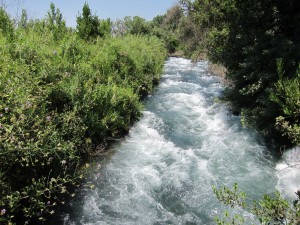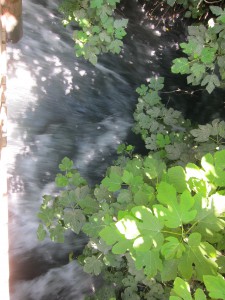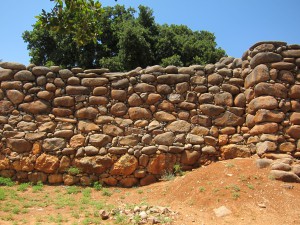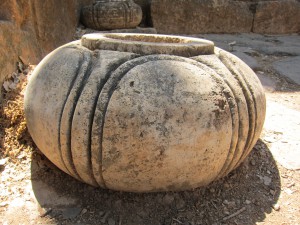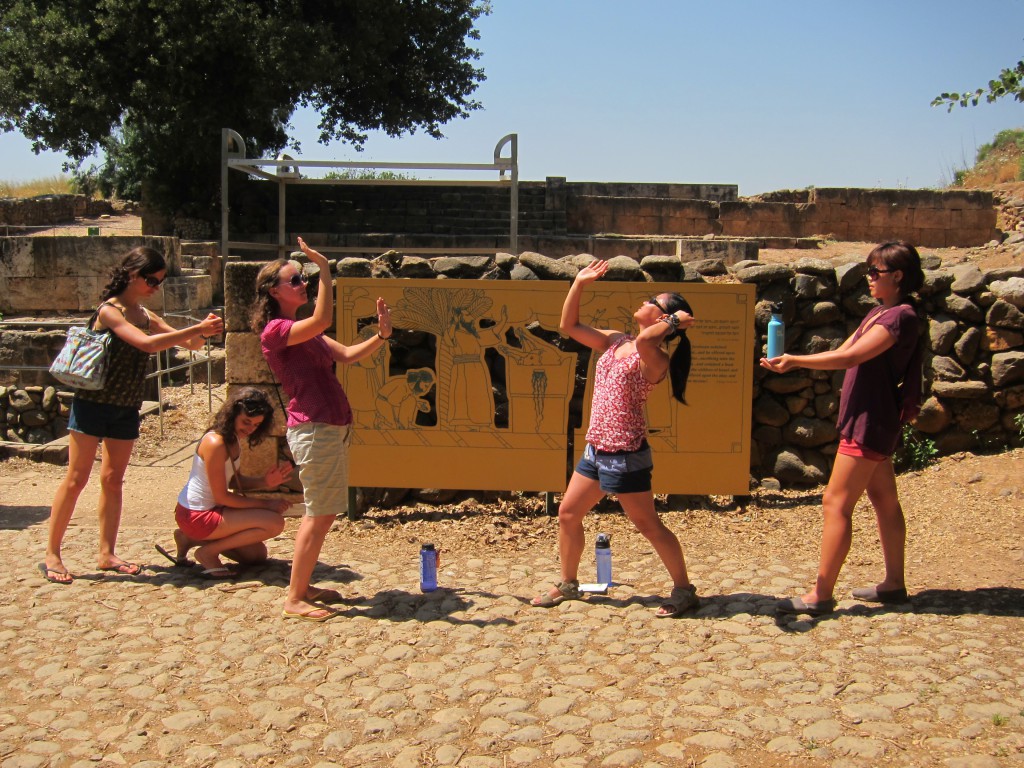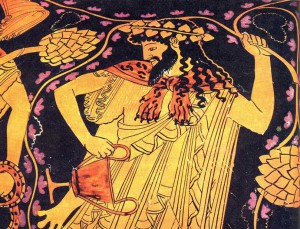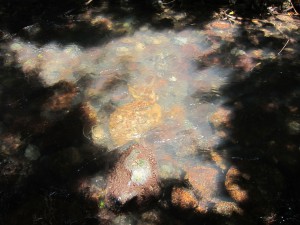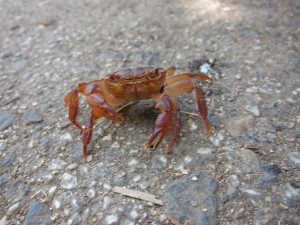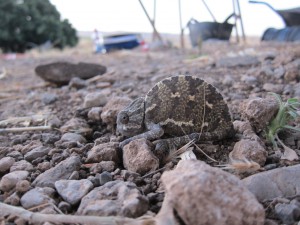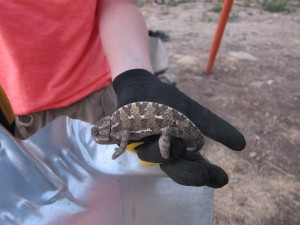Connor did a wonderful job detailing our daily routines below. From Monday to Saturday, we break down dirt, haul it, sift through it, become encased in it, and in general work very hard physically and intellectually. On Saturday afternoons and Sundays, everyone gets a well-deserved break and travels to other archaeological sites nearby.
Yesterday, we drove up to the nature reserve at Tel Dan, which sits on the very northern Israeli border with Lebanon. It’s the oldest site that we’ve visited so far, and has been settled since the Iron Age. Tel Dan was possibly once a Canaanite settlement and is described in the Bible as the northernmost city of the Kingdom of Israel. Excavations have revealed a citadel possibly containing an altar, a large gate, a flour mill, as well as other walls and ruins from various periods from the Iron Age to the Hellenistic and Roman periods. The Dan River, which gushed and flowed under the winding path in the nature reserve, is the most important tributary to the Jordan River. In an area where water is such a scarce and precious resource, it is not difficult to imagine how sites such as Tel Dan and Banias not only became population centers, but also accumulated religious significance. The vegetation crowding the banks of the water sources include many types of trees, bamboo, ivy, flower bushes, and fruit trees like fig and pomegranate. The water itself is home to a variety of critters. At one point the path took a lovely turn into the shallow pools, where the air was chilled by the pristine water and the overhanging flora.
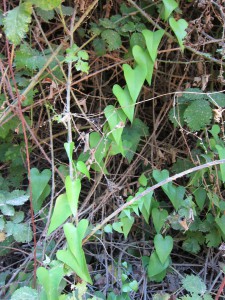
it's always puzzled me as to why ivy is depicted as having heart-shaped leaves on greek vases until I came across this vine
The Hula Valley itself used to contain swampy marshland, which was drained decades ago. Now, it is a lush and fertile valley, where orchards such as those owned by our kibbutz produce fruit, cows roam the fields (and sometimes sneak into our site if we leave our gates untended), and wildflowers blanket the hillsides. Thousands of types of migratory birds stop by on their way from Syria to Egypt or vice versa.

